Grzegorz Drozd is a policy officer at the European Commission, DG GROW, focusing on topics such as internal markets, industry, entrepreneurship, and SMEs. Grzegorz is currently exploring the issue of industrial modernization in regards to new business models and the future of work in Europe. As coworking is increasingly taken seriously by local municipalities and governments, we wanted to see what the movement looks like through the lens of these initiatives, not just space owners and operators.
We caught up with Grzegorz to speak about the future of work in Europe and what some of the numbers tell us about the freelancing and coworking today.
Hi, Grzegorz. Can you please tell us about your work and some of your current projects?
In addition to working as a policy officer at the European Commission, I also explore non-technological innovations, concentrating on workplace innovation. I am in charge of the European Workplace Innovation Network, also know as EUWIN. Prior to working for the EU Commission, I worked in the Polish Ministry of Economy, focusing on innovation support systems, industrial & SME policy.
European Workplace Innovation Network (EUWIN) aims to animate and sustain workplace innovation within the EU. How exactly does the program focus their efforts?
EUWIN was launched in 2013 to improve the performance of organizations as well as the quality of jobs in a sustainable way. Today we are connected with more than 10,000 companies and other stakeholders, such as policymakers, trade unions, academic experts, al with whom we are sharing know-how and experience.
And what steps does EUWIN take towards increasing innovation in the workplace?
Some of the key elements of EUWIN:
- Distributes evidence on the benefits of modernizing the workplace and working conditions.
- Focuses on raising awareness via dedicated regional workshops and social media.
- Provides a valuable resource for managers and employee representatives through the Knowledge Bank.
- Is open to practitioners, social partners, policymakers, representatives of intermediary organizations, and others with an interest in the workplace.
As the concept of coworking is spreading, a majority of these networks are now located in Europe. Does the European Commission also consider coworking to be revolutionizing the workplace?
Coworking spaces can be a part of the solution aimed at making the best use of employee potential. In this context, they are part of the wider concept of workplace innovation.
In addition, workplace innovation can mean many things, such as a change in business structure, human resources management, relationships with clients and suppliers, or even the work environment itself. It improves motivation and working conditions for employees, which leads to an increase in labor productivity, innovation capability, market resilience, and overall business competitiveness.
All enterprises, no matter their size, can benefit from workplace innovation.
In addition to coworking spaces cropping up, the number of freelancers in Europe has dramatically increased in recent years. Does EUWIN, or the EC, look at ways to assist and protect remote workers?
New technologies have changed the way we live, consume and meet people. As the internet has changed our lives, the industrial internet is now transforming the way we work and produce. The digital revolution is happening, which of course affects employment.
In this context, the European Pillar of Social Rights was announced by President Juncker in 2015. The Commission put forward a first preliminary outline of the Pillar in March this year and a public consultation is open until 31 December 2016. The results will inform the final proposal, which will be presented early in 2017.
One of the main aims of the consultation is to reflect and propose answers to these new trends we are now seeing in work patterns, as well as our societies. It also looks at the challenges that they pose to employment and the welfare state, due to the impact of demographic changes, innovation, technological change and digitization.
What might be some of the ways that workplaces in the EU could accommodate the rising number of freelancers without taking advantage?
Alternative work arrangements, such as telecommuting or telework, freelance or independent professional (iPro) work, crowdsourcing and employment in the shared economy ultimately create jobs and new opportunities for the self-employed. By lowering entry barriers to service provision and to new forms of employment or activities this can be achieved.
However, there is a tension between new and emerging types of occupations and business models and the existing contractual arrangements that question the current definition of workers, both statistically and economically as well as legally. For instance, the dividing line between “worker” and “self-employed” is becoming more blurred, particularly in platforms within the collaborative economy. Platform work questions the identity and responsibilities of the platform/employer in triangular relationships with the service provider/employee and the customer. It questions the definitions of contracts and relationships, and their impact on undeclared labor.

Grzegorz Drozd
Today there are many questions regarding this topic, such as the volume or duration of work, the capacity to identify the employers as well as the associated level of social protection, notably in terms sickness, unemployment, and pension benefits. This can raise legal uncertainty and insufficient information on the applicable regulations and rights. Almost one in two employees on permanent contracts receive training compared to 32% of employees with fixed-term contracts and 19% of self-employed.
All of those aforementioned issues need to be addressed in order to make a full use of the potential offered by alternative working arrangements.
Have freelancers and coworking spaces played a noticeable role in helping the EU become more professionally dynamic?
Under alternative work arrangements, workers are gaining more autonomy and improved work-life balance, but also inherit more responsibility to optimize their career paths. Decentralised, self-organised forms of work can also boost business development.
In addition, more strain and faster pace of change are likely to lead to higher stress levels, as well as psychological and mental health risks. In the future, work stress could be a major occupational health and safety. In order to counterbalance stress in strained work environments, increased worker autonomy and flexibility are key.
In general, what have been some of the changes you have seen in the current workforce, such as job growth etc. and what has been the biggest catalyst for positive change?
The employment situation in the EU is improving. We observe an increase of the overall employment rates, for both the EU and the Euro area, which is an increase representing 3 million more employed people in the EU than in 2015. Yet, the overall long-term unemployment rate has decreased by 0.6 pp compared to a year before and now makes up 4.3% of the labour force. This is the largest reduction since the first decline in long-term unemployment observed in 2014. In addition to these number, for the first time since the start of the economic recovery, the number of very long-term unemployed (unemployed over two years) dropped more drastically than the number of people long-term unemployed for less than two years.
Finally, there is also a continuous improvement and convergence amongst Member States regarding youth unemployment, which has also strongly decreased in the countries most affected by the crisis.
On the same note, what are some of the major issues that still need to be overcome? And do you think that coworking, for example, could act as a solution to these challenges?
The new industrial revolution will have a serious impact on our current social models. Automation and artificial intelligence will transform the way we work and produce. New types of employment are emerging. They impact standard job patterns, they transform the relationship between employers and employees, they revisit work organisation.
The overall impact of automation and artificial intelligence in regards to job quantity is unclear. Studies show that the net effect is expected to be positive, with more new jobs being created than being replaced. However, a reallocation of human resources to more productive uses will not happen automatically. The new jobs created will require different skills and competencies over those jobs that will eventually disappear. Without complementary action to prepare the workforce for the future, there is a risk of unsuitable skills, unemployment, and social tensions.
Source:






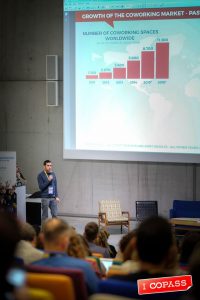


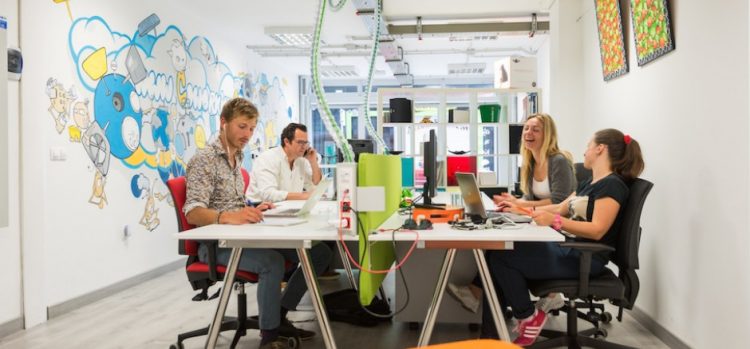




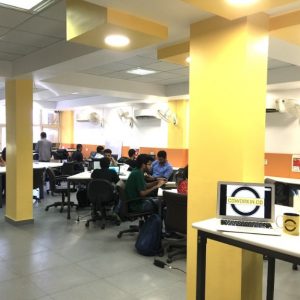

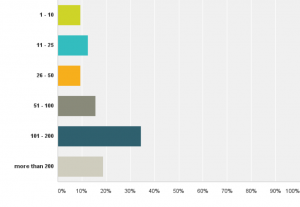
 Contentwise, the community building activity is definitily as critical for the Indian coworking scene as it is elsewhere, show the data collected for the Survey. More than 2/3 of the Indian coworking spaces organize in house events at least once a week.
Contentwise, the community building activity is definitily as critical for the Indian coworking scene as it is elsewhere, show the data collected for the Survey. More than 2/3 of the Indian coworking spaces organize in house events at least once a week.



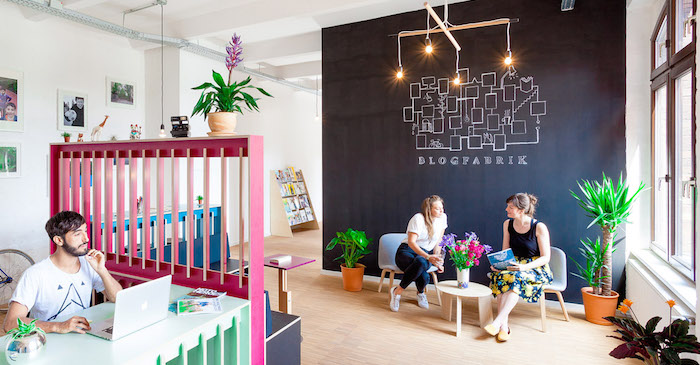

Recent Comments